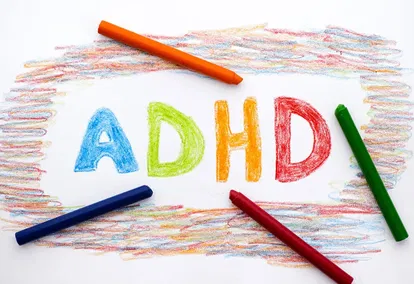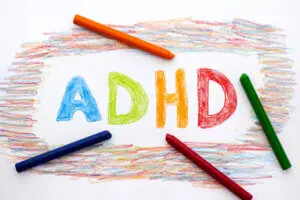
This blog is part of a series on Leading Children with Special Needs that provides strategies children’s missions discipleship leaders can use to include children with special needs in missions. If you’re new to the series, we encourage you to check out the introduction here.
If you’ve led children in any capacity, you’ve probably encountered a child with Attention Deficit Hyperactivity Disorder (ADHD). This is often the child who is fidgety and restless, who has trouble staying quiet when you are talking, and who may roughhouse when it’s time to calm down. Sometimes, your patience wins the day and you successfully finish sharing what you prepared. Other times, you may leave feeling defeated because you couldn’t keep order in your group, much less disciple children in their relationship with Jesus. Relatable?
The first step is understanding what ADHD in children looks like. The three main characteristics are hyperactivity, impulsivity, and inattention. If you see these behaviors on a consistent basis, you are may leading a child (or children) with ADHD.
Now, what? After you have prepared and prayed, here’s what you shouldn’t do: Do not diagnose the child, tell the parent your opinion on ADHD or available medications, or gossip with other church members about “that” child. Church and all activities should remain safe places for children and their families!
It’s hard enough to engage a roomful of children at school, and even more difficult at times in a church setting. Discipline is different and if your group meets at night, attention spans are pretty much gone after a busy day.
Here are a few tips for leading children with ADHD.
Hyperactivity: Make sure your lessons are multi-sensory and geared toward a variety of learning styles. Children with ADHD are more successful learners when they move around, have choices, and have multiple ways to learn.
Impulsivity: Often when a child is unable to control her behavior or responses, an extra adult can help. Many times, the close proximity of an adult is enough to remind a child to reign in her impulses. A light tap on the arm or pat on the leg can remind a child about appropriate behavior. The adult can also talk to the child to choose a predetermined sign together to keep her on track.
Inattention: Keep distractions to a minimum. Children are distracted by clutter. At the beginning of each class, collect all electronic devices in a basket. Seat children with their backs toward the doors or windows. Remove items like pencils, paper, and books when not in use. Change activities frequently and have extra choices for those who finish quickly.
For additional ideas and insight, a Christian counselor, children’s minister, or even an educator in your church can be a great resource.
Disclaimer: The information shared on this page is not meant to diagnose or treat any neurological, psychological, or physical disorder or disability. We encourage you to seek a mental health professional or child development/educational specialist for individual consultation and care.
This blog is designed to help leaders as they teach children with special needs. The information provided includes tips and strategies but in no way equips leaders to diagnose problems children may be having. Use the information and suggestions to help you create a rich and caring learning environment for children in your church.


